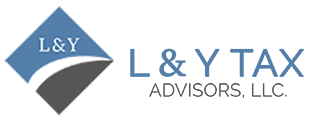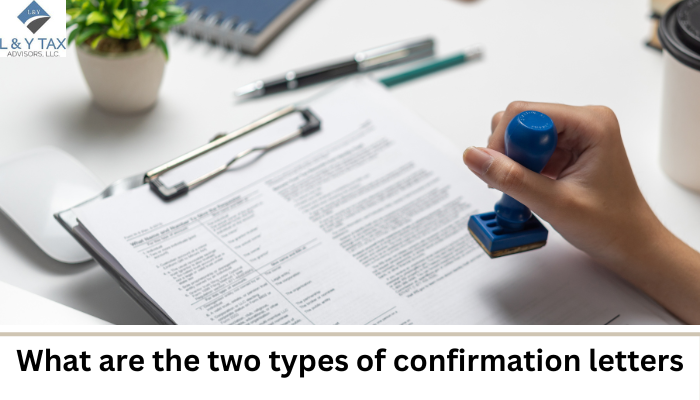
What are the 7 Audit Procedures?
Do you know what are the 7 audit procedures? The foundation of a thorough audit process is its audit procedures. They give auditors the means to obtain information and express an opinion about a business’s financial statements.
Understanding these processes is essential for accurate, compliant, and accountable financial reporting. L&Y Tax Advisor explains what are the 7 audit procedures for professional taxation and financial matters.
Analyze Documents and Records
Examining documents and records is a basic audit process. It entails looking at financial and operational documents, including ledgers, contracts, and invoices, to confirm the legitimacy and correctness of transactions. This aids auditors in verifying that the financial information matches the supporting records.
Observation
Observing particular actions or processes inside an organization is known as observation. To ensure compliance with the organization’s declared rules, auditors could, for example, watch inventory counts or workflow procedures. This process offers direct knowledge of operating procedures.
Inquiry
Auditors deploy inquiries to obtain written or spoken information from stakeholders, management, or staff. The goals of these conversations are to clarify differences, grasp procedures, or confirm comprehension. Although investigation is proper, it is frequently complemented by additional methods for validation.
Read: What is VAT ID?
Recalculation
Recalculation is confirming that financial data and calculations are mathematically accurate. Auditors may double-check payroll records, tax computations, or depreciation schedules to ensure the numbers are correct. This process guarantees adherence to accounting rules and removes computation mistakes.
Methods of Analysis
Analytical techniques entail examining both financial and non-financial data to find patterns, irregularities, or discrepancies. Auditors evaluate an entity’s financial health and look for misstatements using benchmarking, variance analysis, and ratio analysis.
Get the best QuickBooks & bookkeeping services.
Verification
Confirmation involves obtaining outside proof from third parties to confirm transactions or account balances. For instance, auditors could check receivables with clients or account balances with banks. This process improves the dependability of the audit evidence.
Inspection of Tangible Assets
Auditors physically check tangible assets such as property, equipment, or inventories to verify their presence and condition. This process is essential for confirming asset appraisal accuracy and guaranteeing appropriate protection.
Read: IRS audit representation.
What are the 7 E’s of Auditing?
The seven Es of auditing are as follows:
- Effectiveness
- Efficiency
- Economy
- Excellence
- Ethics
- Equity
- Ecology
These seven Es are fundamental concepts used to evaluate a business’s entire performance and accountability.
- While efficiency looks at how resources are used to accomplish results, effectiveness assesses whether goals are met.
- The goal of the economy is to reduce expenses without sacrificing quality.
- Excellence promotes high standards and ongoing development.
- Ethics guarantees integrity and openness in operations.
- Ecology emphasizes environmental accountability, whereas equity refers to treating stakeholders fairly.
These components collectively provide a comprehensive understanding of organizational health by addressing short-term production and long-term sustainability across monetary, ethical, and ecological aspects.
What are the 7 Audit Evidence?
Auditors rely on the following seven categories of audit evidence to establish trustworthy evidence regarding monetary accounts.
- Physical examination of the assets is done to confirm their presence and condition.
- Documentation involves examining records like bills, contracts, or reports.
- Observations allow auditors to get a personal look at procedures and controls.
- Inquiries entail posing queries to employees or management to obtain understanding.
- Confirmations involve external verifications, such as bank or receivable confirmations.
- Using analytical techniques, financial data is compared to anticipated patterns or ratios.
- Reperformance is the independent execution of procedures by auditors to verify outcomes.
When combined, these forms of evidence increase an audit’s credibility.
The Bottom Line
The seven audit procedures – observation, inquiry, recalculation, confirmation, analytical procedures, inspection of tangible assets, and record inspection – form a strong foundation for guaranteeing accurate and transparent audits. Gaining proficiency in these processes guarantees that auditors can offer trustworthy financial analysis and promote confidence in financial reporting.


